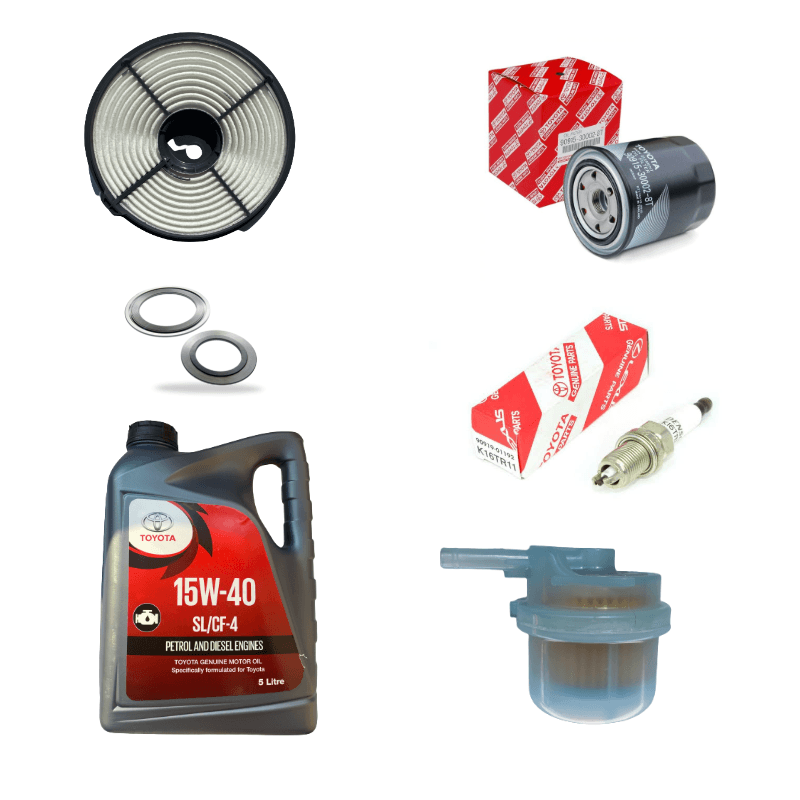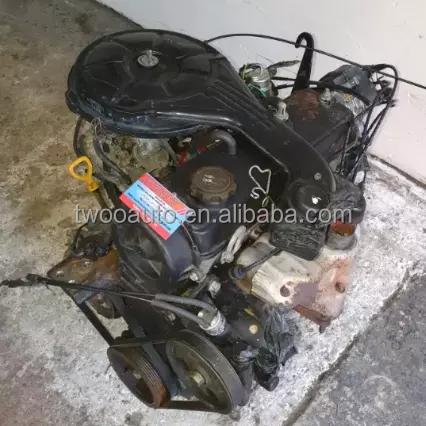Discover the most up to date Patterns in Engine Modern Technology Through Tazz
In the quickly progressing landscape of auto technology, Tazz stands at the forefront, highlighting significant advancements in engine systems that prioritize both advancement and sustainability. tazz. From crossbreed engines that maximize gas performance to the emergence of hydrogen gas cells, the trends shaping modern powertrains are not only enhancing performance but also dealing with vital ecological difficulties. As the market continues to push limits, it is necessary to think about exactly how these advancements will influence future transportation solutions and the more comprehensive implications for global power intake. What exists in advance in this pivotal improvement?
Crossbreed Engine Innovations
Hybrid engine innovations stand for a crucial shift in automotive modern technology, integrating the benefits of interior combustion engines with electrical propulsion systems. This integration not just improves gas efficiency yet likewise reduces discharges, meeting significantly strict ecological policies. By utilizing both power sources, hybrid engines can maximize performance, supplying power when needed while saving gas during much less demanding driving problems.
Recent improvements in hybrid innovation consist of improvements in battery performance and regenerative stopping systems. These developments permit for higher energy healing throughout deceleration, which can be redirected to aid in acceleration or power accessory systems. Furthermore, makers are concentrating on lightweight materials and small layouts to take full advantage of the performance of crossbreed powertrains.
The development of plug-in hybrids has also broadened the marketplace, making it possible for drivers to charge their cars utilizing common electric outlets. This attribute typically permits substantial all-electric array, more lowering dependence on traditional fuels. tazz. As the automotive industry continues to evolve, hybrid engine innovations are anticipated to play a crucial role in bridging the gap in between standard lorries and totally electrical versions, giving a transitional remedy that provides to varied consumer needs and preferences
Advances in Electric Powertrains
The automotive landscape is rapidly developing, with electric powertrains becoming a leading pressure in sustainable transportation. Advances in electrical automobile (EV) innovation are considerably improving customer, efficiency, and efficiency experience. Trick advancements include renovations in battery chemistry, which have actually enhanced power thickness, reduced billing times, and extended total battery life.
Solid-state batteries, as an example, promise to reinvent the market by supplying better security and effectiveness compared to typical lithium-ion cells. Furthermore, advancements in regenerative braking systems are making it possible for lorries to recoup energy during deceleration, contributing to general effectiveness.
In addition to battery modern technology, electric motor layouts are ending up being a lot more innovative. Developments such as incorporated motors and progressed thermal administration systems are aiding to optimize power shipment and reduce weight, eventually improving lorry dynamics.

Collectively, these developments highlight the commitment to change in the direction of cleaner, much more efficient transportation solutions, placing electrical powertrains at the leading edge of vehicle development.
The Rise of Hydrogen Fuel Cells
Increasingly, hydrogen fuel cells are obtaining traction as a sensible choice to typical internal burning engines and battery electrical automobiles. This innovation harnesses the chemical power stored in hydrogen, transforming it right into electrical energy through an electrochemical reaction with oxygen. The primary byproduct of this procedure is water, making hydrogen fuel cells an eco-friendly option with zero exhausts at the tailpipe.

Automakers are significantly investing in hydrogen fuel cell innovation, identifying its possibility for long-range applications and rapid refueling capabilities that useful content match traditional gas. In addition, fields such as heavy-duty transport and public transit are particularly appropriate for hydrogen fuel cells, where battery electrical options might fail as a result of weight and array constraints.
As research and investment continue to expand, hydrogen fuel cells are positioned to play a significant role in the future landscape of clean transport and power solutions.
Enhancements in Internal Burning Engines
Advancements in interior combustion engine (ICE) modern technology are changing conventional vehicles to meet modern ecological requirements and performance assumptions. Direct gas injection, for instance, permits for better atomization of gas, leading to more complete burning and enhanced power result.
Furthermore, turbocharging has actually gotten prominence, permitting smaller engines to supply higher efficiency without the weight of larger engines - tazz. This modern technology not only boosts effectiveness yet also adds to reduce gas usage. Variable shutoff timing systems are likewise being improved, allowing engines to adjust to various driving problems for improved torque and responsiveness
Additionally, making use of lightweight products in engine construction is coming to be basic, more enhancing about his fuel performance by reducing general lorry weight. Engine control systems (ECUs) are significantly advanced, enabling real-time modifications that maximize performance and discharges.
These improvements jointly represent an essential change in ICE technology, lining up with worldwide sustainability objectives while still providing the performance chauffeurs anticipate from their lorries. As the industry develops, these enhancements proceed to form the future of traditional automobile engineering.
Future Patterns in Engine Performance
Substantial advancements in engine efficiency are anticipated as producers focus on integrating innovative modern technologies to fulfill rigorous ecological regulations read the article and consumer needs. The change in the direction of electrification, crossbreed systems, and different gas is improving the auto landscape, driving technologies that boost gas economic situation and lower exhausts.
Among the crucial patterns is the application of sophisticated materials and manufacturing techniques. High-strength alloys and light-weight composites add to decreased vehicle weight, thus boosting total effectiveness. Furthermore, the adoption of turbocharging and variable valve timing modern technologies permits enhanced power output from smaller engines, better improving fuel economy.

Final Thought
Technologies in crossbreed engine systems, electrical powertrains, and hydrogen fuel cells demonstrate a commitment to minimizing exhausts while enhancing performance. Enhancements in interior burning engines and an emphasis on light-weight products add to general engine effectiveness.
From crossbreed engines that maximize gas performance to the emergence of hydrogen fuel cells, the trends shaping modern powertrains are not only improving performance however likewise attending to important ecological obstacles.Crossbreed engine technologies stand for a crucial change in auto modern technology, incorporating the advantages of inner burning engines with electric propulsion systems.Furthermore, turbocharging has gained prominence, allowing smaller sized engines to supply higher performance without the weight of larger engines. Additionally, the fostering of turbocharging and variable shutoff timing innovations enables for improved power output from smaller sized engines, additionally improving fuel economy.
Improvements in inner burning engines and a focus on light-weight materials contribute to total engine performance.